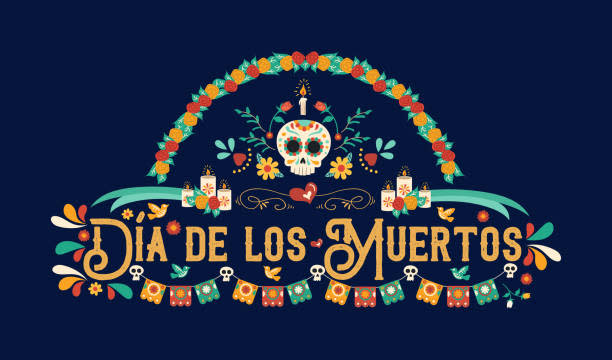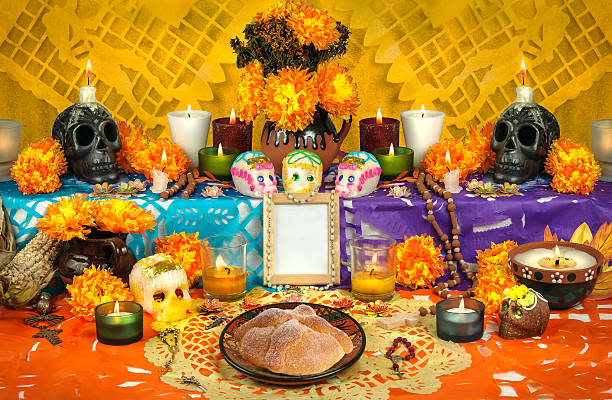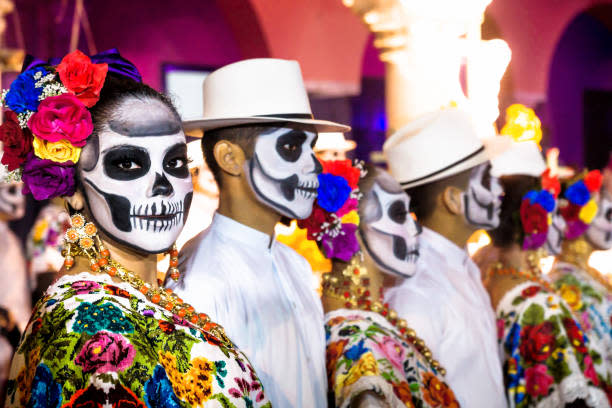
Estate Planning
Honoring Día De Los Muertos (Day of the Dead) Both Online And Offline
Día de los Muertos (or in English Day of the Dead) is a Mexican holiday celebrated from November 1-2 every year. Despite its name and a common misconception, the Day of the Dead does not mourn, but rather celebrate the dead. During those days families welcome back and honor the souls of their deceived relatives with different offerings. It's an important reminder as any of us imagine the priceless memories we've all created online.
As a dedication to the deceased, families set up ofrendas (altars) decorated with marigold flowers, a variety of food and drinks and pictures of the deceased. Nov. 1 is the official start of the holiday and celebrates Día de los Angelitos (Day of the little Angels). Beginning on midnight of that day, the spirits of deceased children are reunited and honored by their living families for 24 hours.

Altars are set up specifically for these children decorated with their favorite food, toys, candies and other snacks to encourage them to visit our world. At midnight the following day, November 2, families start celebrating the spirits of the adults. Día de los Difuntos (All Souls Day) welcomes the souls of adults with offerings like tequila, mezcal, pan de muerto and other items on the altar.
This night is celebrated and reminisces dances, music and games that were played together before death. When the clock strikes 12pm the same day, families will hold a public celebration of Día de Muertos. Family members will come together in cities and hold parades in the streets, usually covered with Calavera painted faces.
The Celebration
The day of the Dead is a holiday celebrated not only by Mexicans but all over the world. Traditions may differ from location to location or from religion to religion, but here are some common celebratory symbols:
Ofrenda (Offering): The Ofrenda is an altar placed in the homes of celebrating families. The altar is intended to welcome individual family members and honor their memories. The ofrenda is covered by an oilcloth and images of Saints and Crucifixes are set on top. Additionally, photos and personal items are placed on the upper part, while the lower part of the ofrenda is decorated with favorite objects and foods of the deceased.
Calaveras (Skull): Calaveras can be used to celebrate the dead in many different ways. A smiling skull is often drawn on the faces of the living to laugh at death itself. The skulls also take on many other forms made by hand, including sugar and clay.
Flor de Muerto (Flowers of the Dead): Mexican Marigolds are often placed on the ofrenda and are believed to attract souls with their vibrant color and scent. They symbolize the beauty and fragility of life at the same time.

The Origin
The Day of the Dead has been celebrated amongst people of Mexican heritage beginning more than 3,000 years ago. The Aztecs celebrated and honored the dead in pre-Columbian Mesoamerica with their own rituals. As part of their world view, they saw death as an integral part of life that should be celebrated.
They believed that when a family member passed away, their soul traveled to Chicunamictlán (the land of the dead). In that land, a soul had to pass nine challenges before they could reach Mictlán and rest in peace. As part of their rituals they provided food and offerings to their deceased relatives to ease the journey to the final resting place.
On this the day after Halloween and the start of these traditions and rituals, let's remember that the only scary aspect might be not preserving those stories and memories.
Be sure to get started today with your own free GoodTrust account.